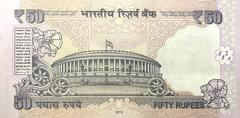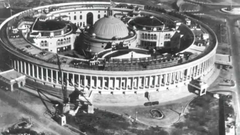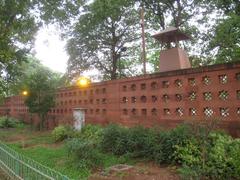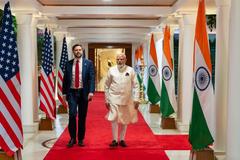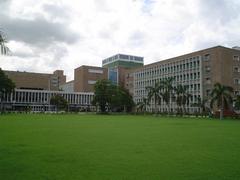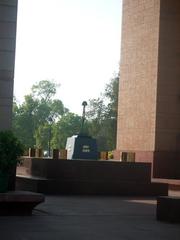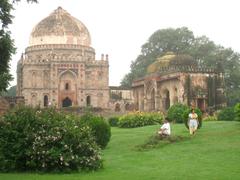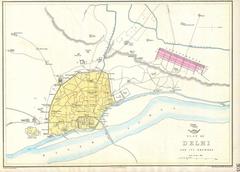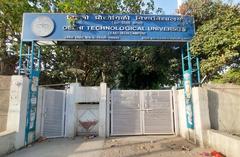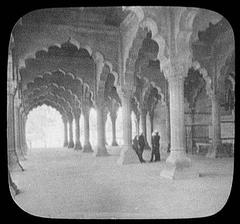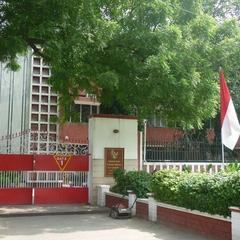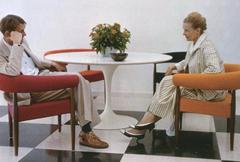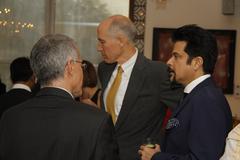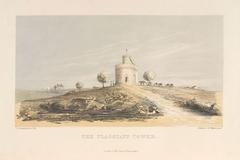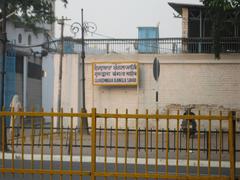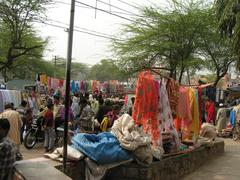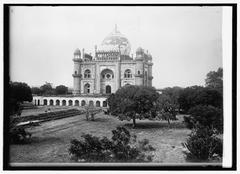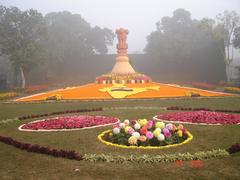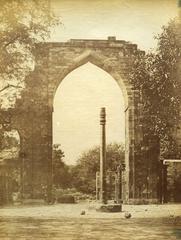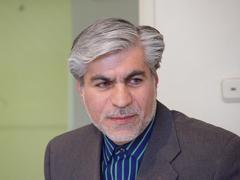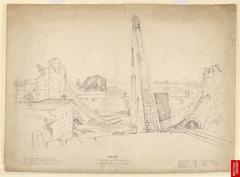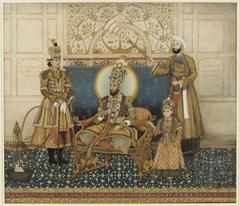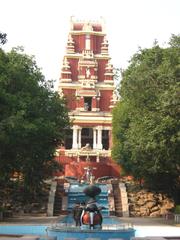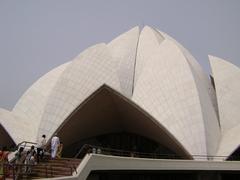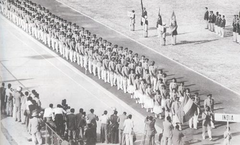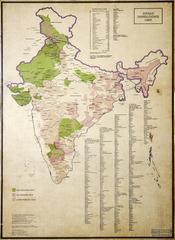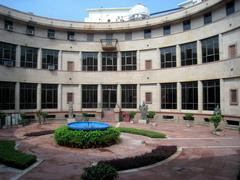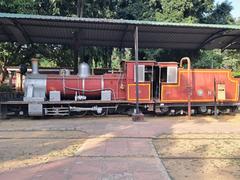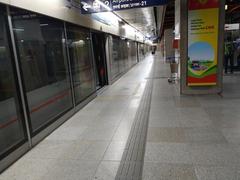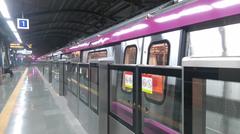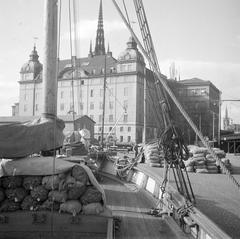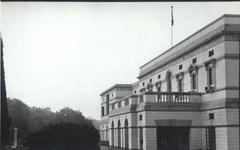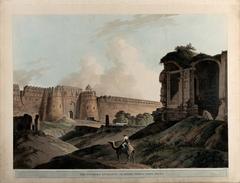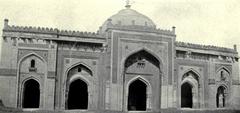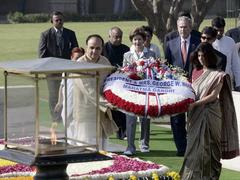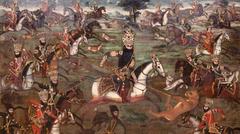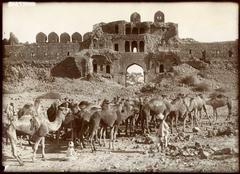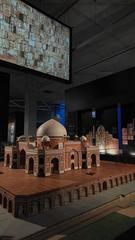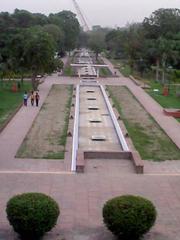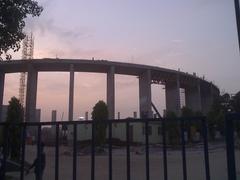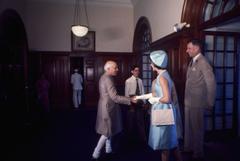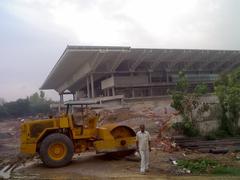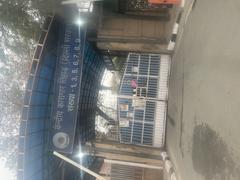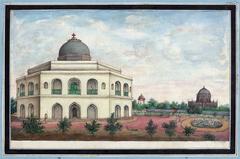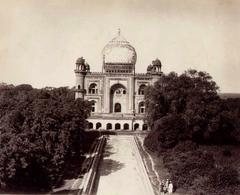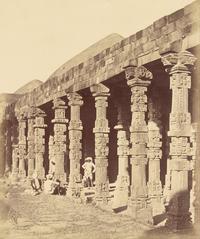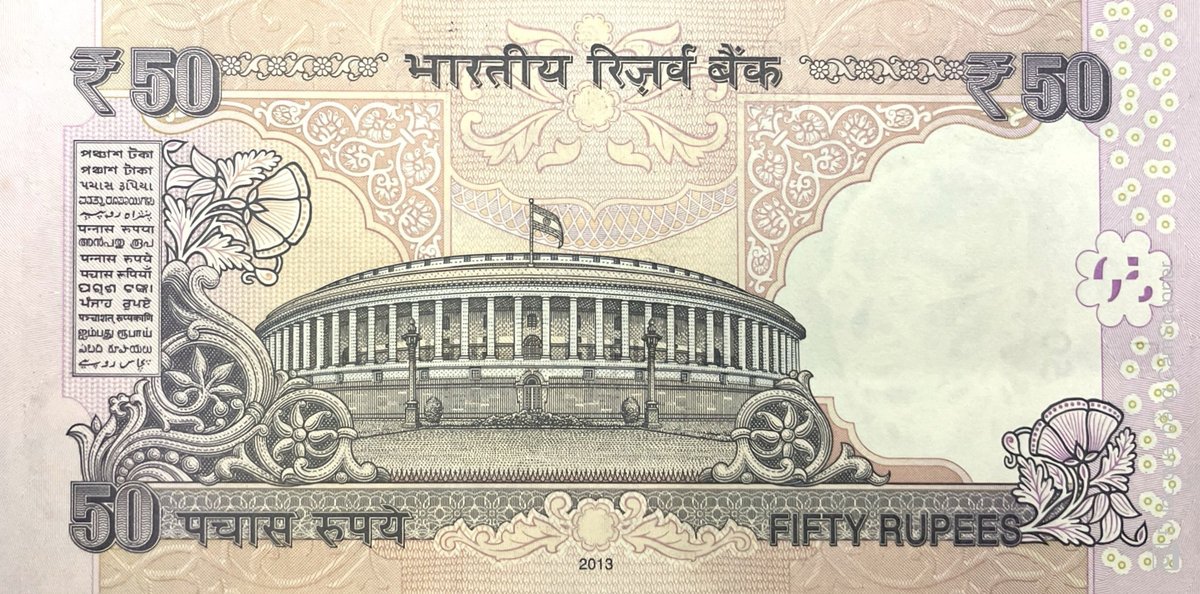
Old Parliament House New Delhi: Visiting Hours, Tickets, and Historical Significance
Date: 14/06/2025
Introduction
Nestled in the heart of India’s capital, the Old Parliament House—officially known as Samvidhan Sadan—stands as a monumental symbol of India’s democratic evolution and architectural grandeur. Conceived by British architects Sir Edwin Lutyens and Sir Herbert Baker, this iconic circular structure was inaugurated in 1927. Since then, it has witnessed pivotal events, from colonial legislative debates to the adoption of the Indian Constitution and the historic “Tryst with Destiny” speech by Jawaharlal Nehru at the dawn of independence. Today, it serves both as a heritage site and a museum, inviting visitors to explore India’s legislative journey and rich cultural tapestry.
This guide provides detailed information on the Old Parliament House’s history, architectural significance, visiting hours, ticketing procedures, guided tours, accessibility, and nearby attractions. For official updates, visit the Parliament Museum website or learn more about the Central Vista Redevelopment Project.
Table of Contents
- Introduction
- Origins and Construction
- Architectural Significance
- Key Historical Events
- Visiting the Old Parliament House
- Nearby Attractions
- Frequently Asked Questions (FAQs)
- Conclusion and Call to Action
- References
Origins and Construction
The Old Parliament House was conceived after the British administration shifted India’s capital from Calcutta to Delhi in 1911. The foundation stone was laid in 1921 by HRH Prince Arthur, Duke of Connaught and Strathearn. Designed by Sir Edwin Lutyens and Sir Herbert Baker, the building was completed and inaugurated by Viceroy Lord Irwin in 1927. Its circular design and monumental scale were intended to reflect both imperial authority and the emerging aspirations of a new nation.
Architectural Significance
Design Philosophy
The architectural vision for the Old Parliament House combined classical Western motifs with Indian elements, harmonizing with New Delhi’s Central Vista. The circular plan, reminiscent of the Roman Colosseum, was chosen to symbolize inclusivity and dialogue.
Layout and Features
Spanning six acres with a diameter of 560 feet, the building’s central dome rises nearly 100 feet above the ground. A grand colonnade of 144 sandstone columns encircles the structure. The building originally housed the Chamber of Princes, Council of State, and Central Legislative Assembly—spaces that later became the Rajya Sabha, Lok Sabha, and Parliament Library. Expansive gardens, intricately carved jali railings, and monumental gateways complete its stately exterior.
Fusion of Styles
The Old Parliament House exemplifies a harmonious blend of Western symmetry and Indian architectural motifs. Features such as chhajjas (overhanging eaves), jalis (latticework), and indigenous materials reflect India’s cultural heritage, while Greco-Roman proportions and domes evoke the authority of classical architecture.
Key Historical Events
Colonial Era and Freedom Struggle
From its opening in 1927 until 1947, the building housed the Imperial Legislative Council and Central Legislative Assembly. It was the site of major anti-colonial protests, including the 1929 bomb incident by Bhagat Singh and Batukeshwar Dutt.
Birth of the Republic
The Constituent Assembly met here to draft and adopt the Indian Constitution. Jawaharlal Nehru’s “Tryst with Destiny” speech was delivered in the Central Hall on the eve of independence in 1947. The Constitution came into force on January 26, 1950.
Post-Independence Developments
After independence, the building was the venue for landmark legislation and debates. It survived the 2001 terrorist attack, an event that reinforced its symbolic importance. In 2006, the Parliament Museum was opened to the public, further enriching its educational value. With the inauguration of the new Parliament building in 2023, the Old Parliament House transitioned to a heritage and museum role.
Visiting the Old Parliament House: Practical Information
Visiting Hours
- Museum Hours: Tuesday to Sunday, 10:00 AM – 5:00 PM
- Closed: Mondays and national holidays
Note: Access to the main building is typically by special pass or during guided tours, especially when Parliament is not in session.
Ticket Information
- Parliament Museum: Nominal entry fee; tickets available via the Parliament Museum website
- Main Building: Entry by advance pass, arranged through a Member of Parliament, Parliament Secretariat, or embassies for foreign nationals. Passes are free but limited.
Guided Tours
- Tours are available in English and Hindi, lasting 60–90 minutes.
- Advance booking is recommended due to high demand and security protocols.
- Tours cover the Central Hall, Lok Sabha and Rajya Sabha galleries, and the Parliament Library.
Accessibility
- Ramps, elevators, and accessible restrooms are provided.
- Wheelchairs are available upon request.
- Some heritage areas may have limited accessibility.
Travel Tips
- Carry the same government-issued photo ID used for your application.
- Arrive 30–45 minutes early for security clearance.
- Formal dress code is enforced: collared shirts and trousers for men; sarees, salwar kameez, or formal western attire for women.
- Photography inside is strictly prohibited, but permitted in exterior areas.
- Follow all instructions from security and guides.
Nearby Attractions
- Rashtrapati Bhavan
- India Gate
- National Museum
- Connaught Place
- Nehru Memorial Museum and Library
- Gandhi Smriti
Combine your visit to the Old Parliament House with these landmarks for a full day of cultural exploration.
Frequently Asked Questions (FAQs)
Q: What are the Old Parliament House visiting hours?
A: The Parliament Museum is open Tuesday to Sunday, 10:00 AM–5:00 PM. Main building visits require advance passes and are typically scheduled during parliamentary recess.
Q: How do I obtain tickets or passes?
A: Museum tickets are available online. Passes for the main building must be requested through a Member of Parliament, Parliament Secretariat, or embassies for foreign nationals.
Q: Is photography allowed inside?
A: Photography is prohibited inside the building but allowed in designated exterior areas.
Q: Is the building accessible for differently-abled visitors?
A: Yes, the complex provides ramps, lifts, and accessible facilities, though some heritage areas may have limitations.
Q: Can I visit the Lok Sabha and Rajya Sabha chambers?
A: Yes, guided tours often include these galleries, though access is subject to restrictions.
Conclusion and Call to Action
The Old Parliament House of New Delhi is not just an architectural marvel but a living symbol of India’s democratic journey. From its grand sandstone columns to its storied Central Hall, every corner resonates with history and national pride. By planning ahead and following official procedures, visitors can experience the grandeur and legacy of this national monument.
For the latest updates, visiting hours, and ticketing information, consult the Parliament Museum website or Central Vista Redevelopment Project. Combine your visit with nearby historical sites for a rich cultural experience. To stay informed and get exclusive travel content, download the Audiala app and follow our social media channels.
References
- Parliament Museum Website
- Central Vista Redevelopment Project
- Delhi Travel Guide: Exploring Parliament House
Image Suggestions:
- Exterior view of Old Parliament House with sandstone colonnade (alt: “Old Parliament House facade in New Delhi historical site”)
- Interior view of Central Hall (alt: “Central Hall of Old Parliament House”)
- Map showing location of the Old Parliament House and nearby attractions
